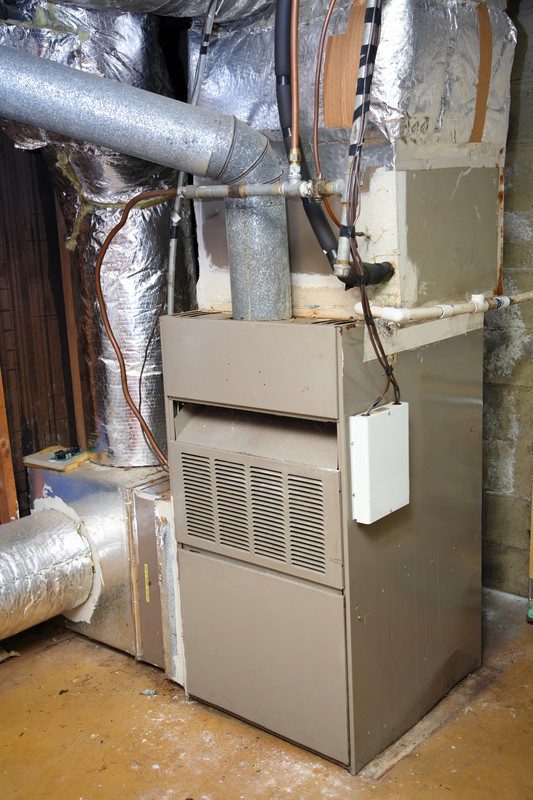For Proper Efficiency & Performance, HVAC Airflow Should Be Balanced

For the most part, homeowners take for granted their forced-air HVAC system’s ductwork and air distribution system. They don’t understand the importance of this component to their overall heating and cooling system, both in efficiency and performance. Many common issues with a central HVAC system can be traced back to problems with air distribution and circulation, including unbalanced airflow in the ductwork.
You’re not helpless in diagnosing this problem, however. There are some common symptoms that signal poorly balanced airflow.
Symptoms of Problems With Airflow
• Temperatures that vary from room to room in your home or even inside one large room. This is especially worth noting if the variation is occurring on one floor, where you’d expect to have similar temperatures in rooms. (It’s not unusual for different levels of a one-thermostat home to experience wide variations in temperature, which is why zoning systems, with separate temperatures control on separate levels, are often employed in situations such as these.)
• Individual rooms that you find difficult to cool or heat, such as a loft or attic, or a finished basement. Some of this can be attributed to the aforementioned variations in heating and cooling different levels of a home, though poorly designed or otherwise defective ductwork might be the problem as well. For instance, if you have a loft bedroom that’s far away from the furnace, AC or heat pump, your system may struggle to blow conditioned air that far, especially if there’s issues with the ducts or registers.
• The force of conditioned air blowing out of registers varies from room to room. Next time your AC or furnace is running, walk from room to room and feel the air that’s blowing from registers. In a well-balanced system, the force of air should be relatively consistent.
Reasons That Airflow May Be Inconsistent
The airflow in your forced-air heating and cooling could be out of balance for a variety of reasons. They include:
• An insufficient number of return registers. These are the vents that route “used” air back to the heating and cooling equipment, via return ductwork. The ideal situation is to have one return register in each room.
• Lengthy duct runs where the velocity of air delivery declines significantly by the time it reaches far-away rooms, such as a loft bedroom, add-on bedroom, or workshop or bedroom in a finished basement.
• Set-ups where rooms that contain a main return register are closed off from the remainder of the house, and some of the other rooms may lack a return register.
• Dirty ducts, where accumulated dust and debris is making it difficult for air to flow smoothly. Leaks in ducts, or poorly designed ductwork, may cause the same problem.
• A defective or poorly sized furnace blower or AC/heat pump air handler that’s not blowing hard enough to distribute conditioned air evenly through the house. This problem, however, may be fixable with an adjustment, so don’t give up hope. On the other hand, it may be a sign that your HVAC equipment is nearing the end of its useful service life, or that it was sized incorrectly in the first place (though this is something that should have been noticeable from the beginning).
• A clogged air filter. If the filter that’s charged with removing airborne particulates hasn’t been changed in a long time is coated with dust and debris, this will impede airflow. Sometimes this issue will be more noticeable in some rooms than others, though most often, it just manifests itself in longer running times for the heating and cooling equipment, with the negative issues that arise from working harder than necessary.
How to Address Duct Issues
Some of these problems can be addressed by adjusting, repairing or replacing the blower or air handler motor, addressing flaws in ductwork design that are responsible for unbalanced airflow, repairing and/or cleaning problem ductwork, or doing something as simple as leaving doors open to rooms that lack a return register.
Whatever the issue(s) with your airflow, a trained and trusted HVAC technician, after performing a comprehensive assessment of your forced-air system, should be able to diagnose the problem and recommend a way to rectify it. It’s important that you address poor airflow, though, since it can result in not only degraded comfort in your home, but also higher energy bills and stress on equipment.
